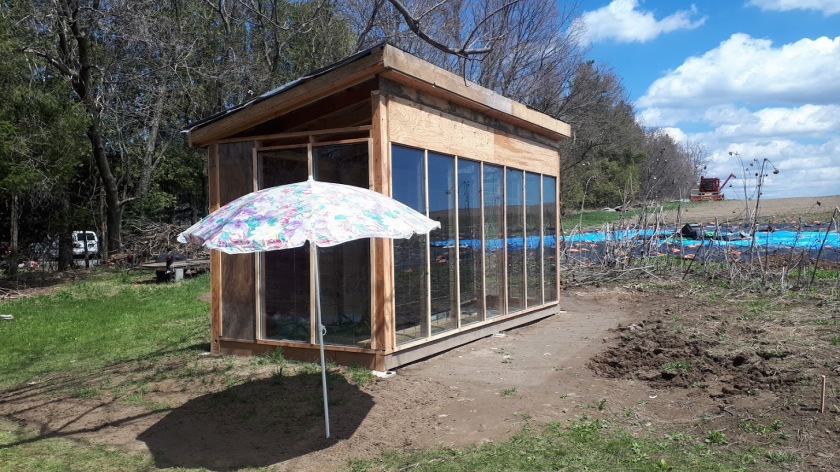Addressing a common misconception about “functioning levels”
I visit many autism related group pages and read blogs, participate in forums, seek studies and information in many ways. I found this blog link here: https://neuroclastic.com/2020/11/06/myth-if-you-can-use-social-media-you-are-high-functioning-or-have-mild-autism/ addresses something I have been trying to say and explain very well.
One of the main diagnostic features of autism is our extreme profile of strengths and weaknesses in our neurological functioning. We have certain areas where we are able to perform the way an average (Neurotypical) person would, sometimes we function on an extremely higher or lower level than “average”, and the huge difference in the way we function in every day life is that we work in peaks and valleys continually because our ability to function varies so deeply from function to function, time to time, day to day, moment to moment. Our neurology is not reliable and consistent.
I have been working on…
View original post 490 more words

 Greenhouse or Conservatory?
Greenhouse or Conservatory? 




